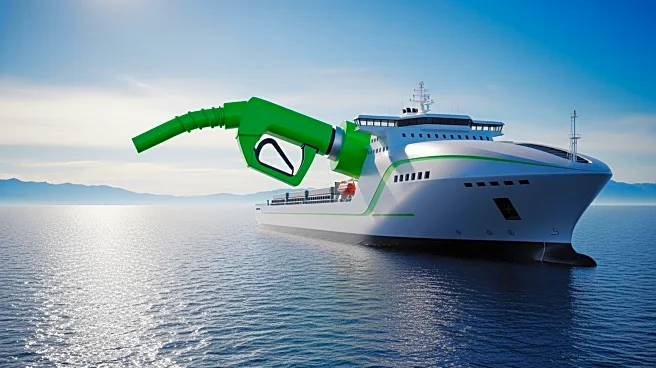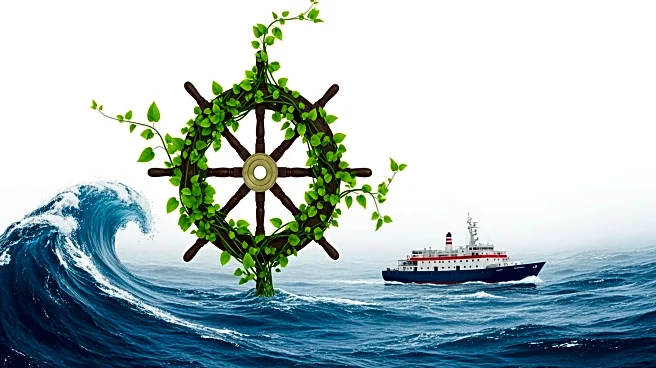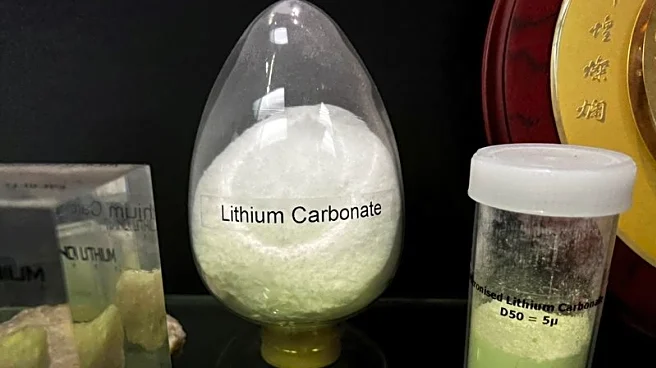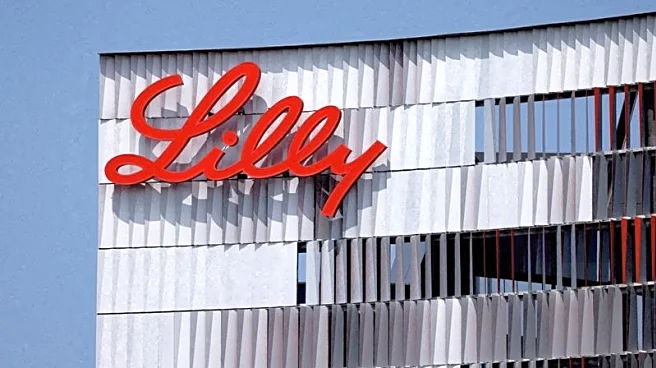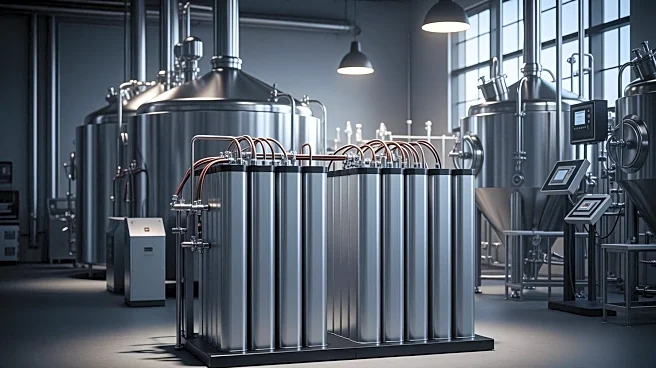What's Happening?
A feasibility study by the Global Maritime Forum suggests that the South Africa-Europe iron ore shipping route could transition to ammonia-fueled bulk carriers by 2029. The initiative, part of a green shipping corridor project, involves a consortium including
Anglo American and CMB.TECH. The corridor will connect Saldanha Bay in South Africa to the Port of Rotterdam in the Netherlands, aiming for full decarbonization by 2035. South Africa's development of a green hydrogen market positions its ports as key players in reducing shipping emissions.
Why It's Important?
The transition to ammonia as a shipping fuel represents a significant step towards decarbonizing the maritime industry. This initiative could set a precedent for other global shipping routes, promoting the use of alternative fuels and reducing greenhouse gas emissions. The project supports South Africa's green hydrogen market, potentially boosting economic growth and positioning the country as a leader in sustainable shipping. The development of green shipping corridors aligns with global efforts to combat climate change and transition to cleaner energy sources.
What's Next?
The consortium will continue to develop the necessary infrastructure for ammonia bunkering, with Rotterdam expected to play a key role in the early stages. South Africa's ports, particularly Saldanha Bay, will work on establishing green ammonia production facilities. The success of this project could encourage further investment in green shipping technologies and infrastructure, potentially influencing international shipping regulations and standards.
